Who are the urine collectors and why in the old days the combat capability of the army depended on them
Categories: History | Production
By Pictolic https://pictolic.com/article/who-are-the-urine-collectors-and-why-in-the-old-days-the-combat-capability-of-the-army-depended-on-them.htmlStarting from the dark Middle Ages and ending with the enlightened 18th century, in the cities of Europe, you could meet people who rolled a wooden barrel on wheels in front of them. They smelled as pungent and disgusting as the goldsmiths who cleaned the toilet drains, but they considered themselves to be people of a responsible profession. Of course, without those smelly-smelling weasels and their barrels, neither muskets nor cannons would have fired. These people are collectors of urine, which was simply necessary for the conduct of war and some other purposes.
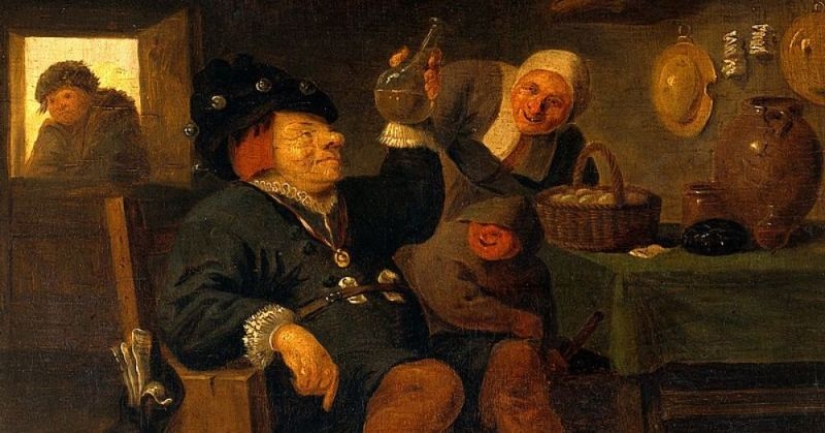
The modern chemical industry produces 180 million tons of ammonia annually. It is difficult to list all the industries where this substance is used, from the production of fertilizers to the manufacture of explosives and polymer materials. In the Middle Ages, the need for ammonia was much more modest, but it still existed.
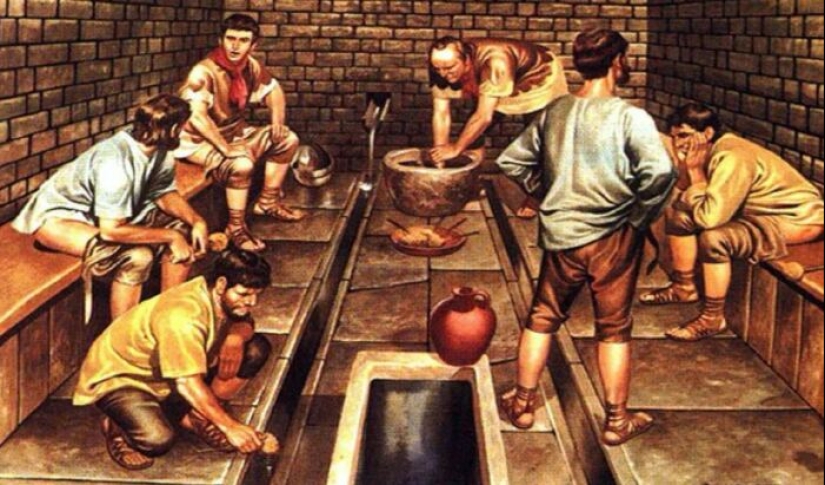
Urine is a solution of urea, which under the action of special bacteria (urobacteria), without technological difficulties and sophisticated equipment, turns into ammonia. Therefore, in the old days, ammonia was extracted from urine, and the suppliers of this raw material were urine collectors – people of a not very prestigious, but very necessary profession.
These people began their work early in the morning-they passed through the streets of cities and poured into their barrels the contents of chamber pots placed outside the doors and gates. Sometimes representatives of this profession were on duty in pubs and inns, vigilantly observing the behavior of visitors. As soon as one of the drinkers went out "in need", a urine collector jumped up with a bucket and offered to use the container.
After filling the barrels and buckets, the urine collectors went to the working areas of the cities, where there were workshops and workshops. There they were already waiting for them and for the liquid collected from the pots they paid in small, but ringing coins. It was a stable business and there were even entire dynasties of urine collectors, with their own ethics and professional secrets .
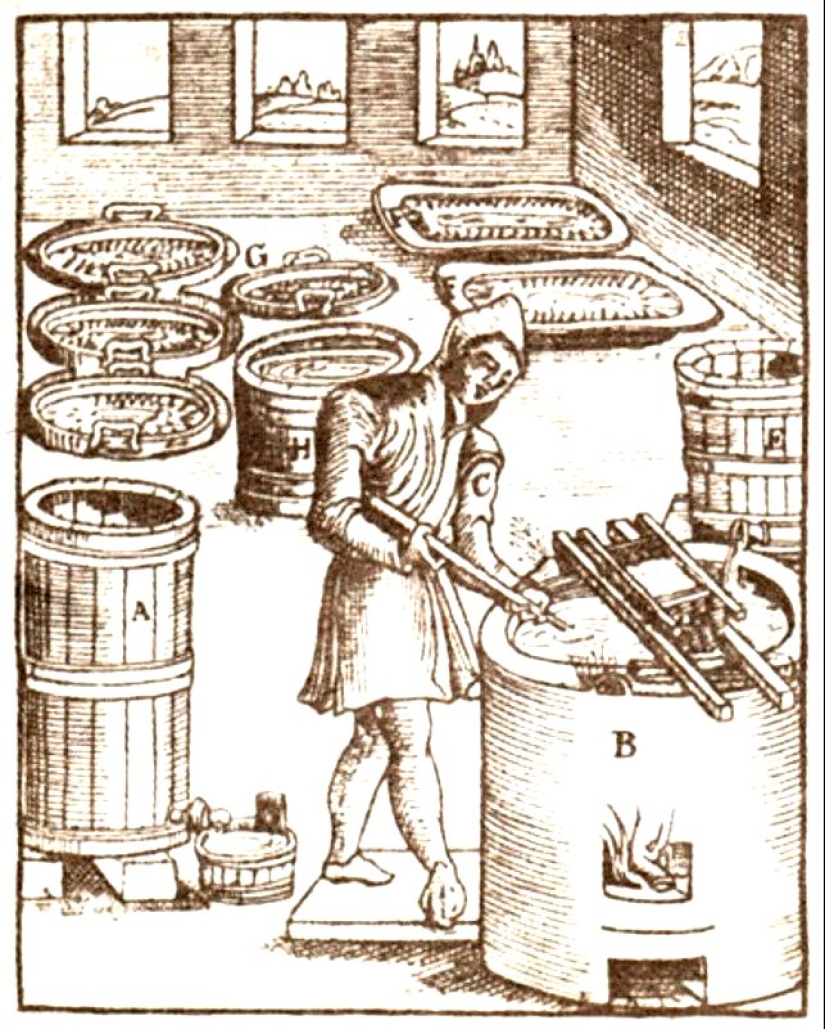
At first, the main consumers of the unpleasant but valuable product were cloth and leather workshops. Ammonia perfectly dissolves fat and removes the remnants of wool and meat from the skin. In addition, the skin soaked in the ammonia solution became softer and easier to process.
No less popular was ammonia in laundries, where it was used for bleaching fabrics. For centuries, it was the only substance that provided a dazzling whiteness to underwear. To color the fabrics, ammonia was also required – it acted as a color enhancer. Today, a similar technology is used, which is called mercerization, only it is not used ammonia, but caustic soda.
But the really high demand for urine came with the invention of firearms, which required smoky powder. In its preparation, potassium nitrate, that is, saltpeter, was used. This substance is found in nature, in the form of a mineral, but it is troublesome and expensive to search for it. But the production of saltpeter from urine cost a penny, and the source of raw materials was always nearby.
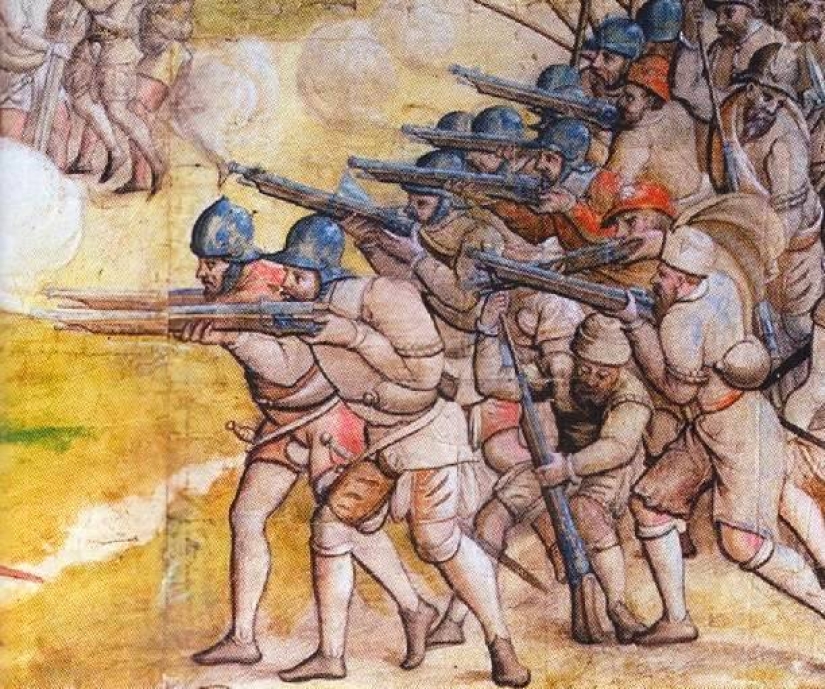
The ancient artillery consumed a huge amount of gunpowder and so the work of the urine collectors was plentiful. Saltpeter was produced on an industrial scale, and in special pits-saltpeter mills. Here is how this process is described in one of the old books:
Disgusting recipe, isn't it? It is especially worth paying attention to the phrase "dried urine of the highest grade". It turns out that the urine was divided into varieties and the most valuable raw material was considered to be the urine of children, which was collected in separate containers. It was used not only in the manufacture of the highest quality gunpowder, but also for the production of ... cosmetics and teeth whitening products.
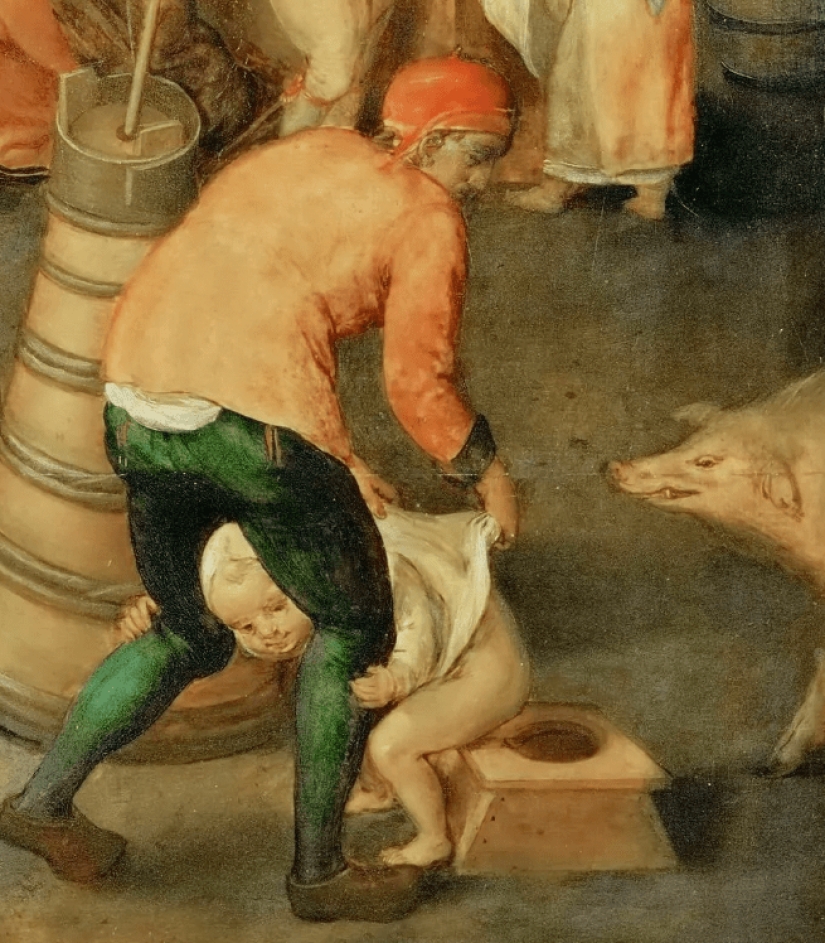
Urine was used for the beauty of the dentition in ancient times. The Roman poet Catullus, who lived in the 1st century BC, once composed a caustic epigram in which he taunted a certain Ignatius, apparently a local dandy:
Urine was also collected in Russia. In the film "Midshipmen, go!", Gavrila's valet asks Prince Olenev: "And who will interfere with carmine for blush, I apologize, with strong ammonia?". Now do you understand why a delicate servant apologizes? Do you think that now urine is collected only for laboratory analysis? It wasn't like that. The British brand Gilpin Family Whisky prepares elite alcohol from it!
Keywords: History | Middle ages | Cosmetics | Leather | Manufacturing | Fabrics | Urine | Chemistry
Post News ArticleRecent articles

American Alex Greenberg, who moved to China, collects funny and brain-bearing examples of Chinese fashion in his Shanghai Observed ...

New Year is a holiday of magic and fulfillment of wishes. Naturally, I want this holiday to be remembered for a long time and to be ...
Related articles

Compared to the 1970-ies 1980‑e years were a time of cautious optimism in new York. Boom on wall street fueled the speculative ...

Many are tormented by the question — why do some grow long nails on his pinky. If you ask the owners of such "decorations", we ...

May West once jokingly said that she should be given a license to invent sex, which she discovered for Americans. The name of this ...

In a recent issue of sexual harassment on everyone's lips. Inappropriate and Intrusive signs of attention began to see around, even ...